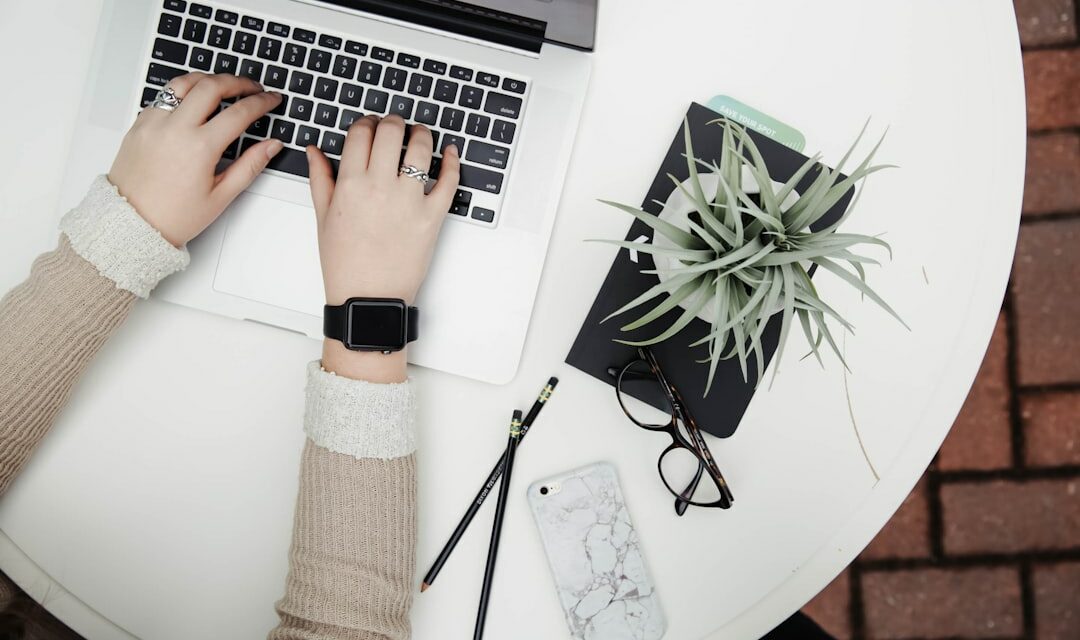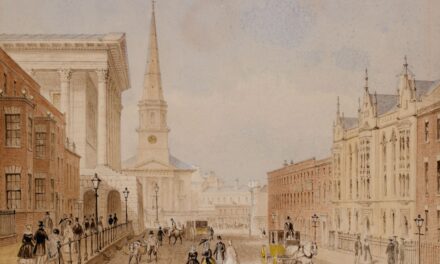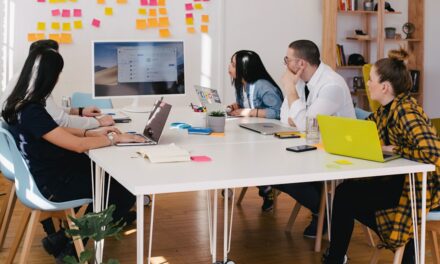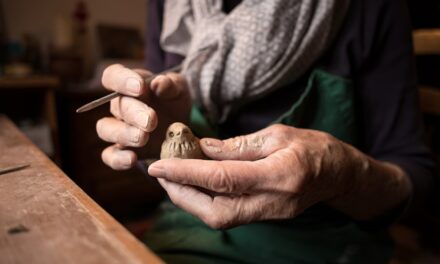Imagination is often regarded as the wellspring of creativity, a boundless reservoir from which ideas flow freely. It is the ability to envision possibilities beyond the constraints of reality, allowing individuals to transcend the ordinary and explore the extraordinary. This innate human faculty has been the driving force behind countless innovations, artistic masterpieces, and transformative movements throughout history.
From the whimsical worlds of children’s literature to the profound insights of scientific discovery, imagination serves as a bridge connecting disparate realms of thought and experience. It invites us to dream, to question, and to envision futures that have yet to unfold. The potential of creativity is not limited to the arts; it permeates every aspect of human endeavour.
In literature, imagination gives birth to characters and narratives that resonate with our deepest emotions. In science, it fuels hypotheses that challenge established norms and lead to groundbreaking discoveries. The power of imagination lies in its ability to inspire change, provoke thought, and ignite passion.
By tapping into this wellspring, individuals can unlock new perspectives and solutions, fostering a culture of innovation that can reshape societies and industries alike. Ultimately, embracing the power of imagination is an invitation to explore the limitless possibilities that lie within us all.
Summary
- Imagination has boundless potential and can lead to incredible creativity.
- Embracing unconventional ideas and solutions can lead to breakthroughs and innovation.
- Strategies for overcoming creative blocks are essential for unleashing creative potential.
- Embracing failure is crucial for learning and growing from creative setbacks.
- Nurturing creativity in the workplace fosters innovation and collaboration.
Breaking Free from Conventional Thinking: Embracing Unconventional Ideas and Solutions
Conventional thinking often serves as a double-edged sword; while it provides a framework for understanding the world, it can also stifle creativity and limit our potential. To truly embrace creativity, one must be willing to break free from the shackles of traditional thought patterns. This requires a conscious effort to challenge assumptions, question norms, and explore alternative viewpoints.
By stepping outside the confines of conventional wisdom, individuals can discover innovative ideas and solutions that may have otherwise remained hidden. Embracing unconventional ideas often involves taking risks and venturing into the unknown. It requires a willingness to experiment, to fail, and to learn from those failures.
This mindset fosters an environment where creativity can flourish, as individuals feel empowered to share their unique perspectives without fear of judgement. In this space, collaboration becomes essential; diverse voices contribute to a rich tapestry of ideas that can lead to groundbreaking innovations. By valuing unconventional thinking, we not only expand our own creative horizons but also inspire others to do the same, creating a ripple effect that can transform entire communities.
Overcoming Creative Blocks: Strategies for Unleashing Your Creative Potential

Creative blocks are an all-too-common experience for artists, writers, and innovators alike. These mental barriers can manifest in various forms, from self-doubt and perfectionism to external pressures and distractions. Overcoming these obstacles requires a multifaceted approach that addresses both the psychological and practical aspects of creativity.
One effective strategy is to establish a routine that encourages regular creative practice. By setting aside dedicated time for exploration and experimentation, individuals can cultivate a habit of creativity that becomes ingrained in their daily lives. Another powerful technique for overcoming creative blocks is to engage in activities that stimulate the mind and inspire new ideas.
This could involve seeking out new experiences, such as visiting art galleries, attending workshops, or immersing oneself in nature. These experiences can provide fresh perspectives and ignite the imagination, helping to break through mental barriers. Additionally, embracing mindfulness practices such as meditation or journaling can foster self-awareness and clarity, allowing individuals to reconnect with their creative instincts.
Ultimately, overcoming creative blocks is about nurturing a mindset that embraces curiosity and resilience, enabling individuals to tap into their full creative potential.
Embracing Failure: How to Learn and Grow from Creative Setbacks
Failure is often viewed as a negative outcome, something to be avoided at all costs. However, in the realm of creativity, failure can be one of the most valuable teachers. Embracing failure means recognising that setbacks are an inherent part of the creative process and that they offer opportunities for growth and learning.
Each misstep provides insights that can inform future endeavours, helping individuals refine their skills and develop a deeper understanding of their craft. To cultivate a healthy relationship with failure, it is essential to shift our perspective on what it means to succeed or fail. Rather than viewing failure as a definitive endpoint, we can reframe it as a stepping stone on the path to success.
This mindset encourages experimentation and risk-taking, allowing individuals to push boundaries and explore uncharted territory without fear of judgement. By sharing stories of failure within creative communities, we can foster an environment where vulnerability is celebrated and resilience is nurtured. In doing so, we empower ourselves and others to embrace the full spectrum of the creative journey.
Nurturing Creativity in the Workplace: Fostering an Environment of Innovation and Collaboration
In today’s fast-paced world, fostering creativity in the workplace has become increasingly vital for organisations seeking to remain competitive and relevant. A culture that nurtures creativity encourages employees to think outside the box, collaborate across disciplines, and contribute their unique perspectives. This begins with creating an environment where individuals feel safe to express their ideas without fear of criticism or retribution.
Open communication channels and supportive leadership play crucial roles in cultivating this atmosphere. Moreover, providing opportunities for professional development can further enhance creativity within teams. Workshops, brainstorming sessions, and cross-functional projects allow employees to engage with diverse ideas and approaches.
Encouraging playfulness in problem-solving can also lead to innovative solutions; when individuals are allowed to experiment without rigid constraints, they are more likely to discover novel approaches that drive progress. Ultimately, nurturing creativity in the workplace is about recognising that innovation thrives in environments where collaboration is encouraged, diverse perspectives are valued, and individuals feel empowered to take risks.
The Role of Play in Creativity: Tapping into the Joy and Freedom of Childlike Exploration

Play is often associated with childhood; however, its significance extends far beyond those formative years. Engaging in playful activities can unlock creativity by allowing individuals to explore ideas without the weight of expectation or judgement. When we approach tasks with a sense of playfulness, we tap into our innate curiosity and willingness to experiment.
This childlike exploration fosters an environment where creativity can flourish, as it encourages us to take risks and embrace spontaneity. Incorporating play into creative practices can take many forms—whether through improvisational exercises in theatre, doodling during brainstorming sessions, or engaging in hands-on activities like crafting or building prototypes. These playful interactions stimulate the mind and encourage divergent thinking, leading to unexpected connections and insights.
By prioritising play in our creative pursuits, we not only enhance our own imaginative capabilities but also inspire those around us to embrace their inner child and explore new possibilities.
Connecting with Your Inner Creative: Cultivating Self-Awareness and Authentic Expression
To fully harness one’s creative potential, it is essential to cultivate self-awareness and connect with one’s inner creative self. This journey begins with introspection—taking time to reflect on personal values, passions, and experiences that shape our unique perspectives. By understanding what drives us creatively, we can align our artistic expressions with our authentic selves.
This authenticity resonates deeply with audiences and fosters genuine connections through our work. Practices such as journaling or engaging in mindfulness exercises can facilitate this process of self-discovery. By creating space for reflection and exploration, individuals can uncover hidden talents or interests that may have been overshadowed by external expectations or societal norms.
Embracing vulnerability in our creative expressions allows us to share our true selves with others—an act that not only enriches our work but also inspires those who encounter it. Ultimately, connecting with one’s inner creative is about honouring individuality while contributing meaningfully to the broader tapestry of human expression.
The Intersection of Art and Science: Harnessing the Power of Creativity in Problem-Solving and Innovation
The intersection of art and science represents a fertile ground for innovation—a space where creativity meets analytical thinking to solve complex problems. Artists often approach challenges with an open mind and a willingness to explore unconventional solutions, while scientists rely on rigorous methodologies grounded in empirical evidence. When these two disciplines converge, they create a dynamic synergy that fosters groundbreaking discoveries across various fields.
Incorporating artistic principles into scientific research can lead to more holistic approaches that consider not only data but also human experience and emotion. For instance, design thinking—a methodology rooted in empathy—encourages scientists and engineers to consider user needs when developing new technologies or solutions. Similarly, artists can draw inspiration from scientific concepts to inform their work, creating pieces that challenge perceptions or provoke thought about contemporary issues such as climate change or social justice.
By recognising the value of both art and science in problem-solving processes, we can harness the full spectrum of human creativity to address some of society’s most pressing challenges. In conclusion, creativity is a multifaceted phenomenon that transcends boundaries—be they disciplinary or personal—and holds immense potential for transformation across all areas of life. By embracing imagination, unconventional thinking, resilience in the face of failure, collaboration in workplaces, playfulness in exploration, self-awareness in expression, and interdisciplinary approaches between art and science, we can unlock new realms of possibility for ourselves and future generations.
The journey towards nurturing creativity is ongoing; it invites us all to participate actively in shaping a world where innovation thrives through collective imagination and shared experiences.
Creativity Unbound explores the limitless possibilities of artistic expression, pushing boundaries and challenging conventions. For a deeper dive into the world of art, consider reading




